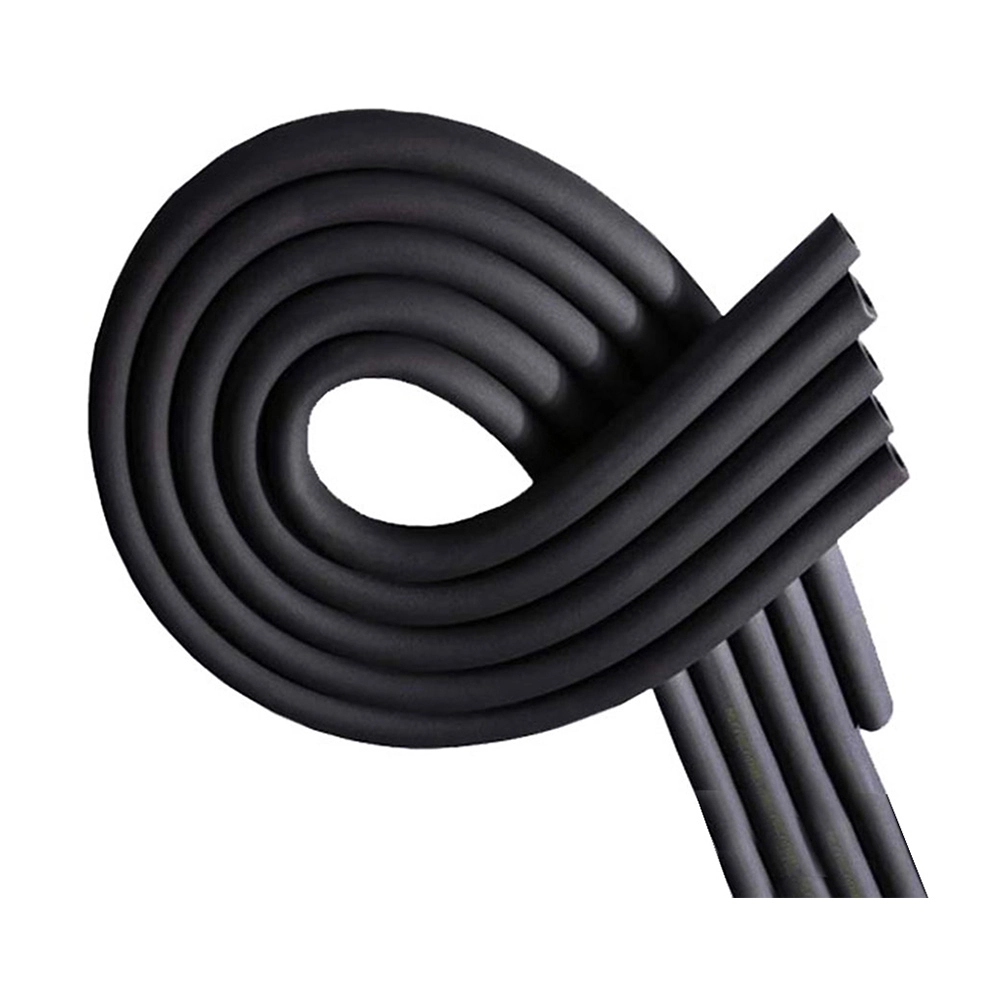Understanding SBR and NBR Rubber: Key Differences | FUNAS
# Understanding the Key Differences Between SBR and NBR Rubber
Rubber materials are critical components in many industrial applications, known for their elasticity, resilience, and robust performance under varied conditions. Among these materials, SBR (Styrene-Butadiene Rubber) and NBR (Nitrile Butadiene Rubber) are frequently used in different environments due to their distinct properties.
What is SBR Rubber?
Styrene-Butadiene Rubber (SBR) is a synthetic rubber commonly used in tire manufacturing, conveyor belts, and various other automotive parts. Created by polymerizing styrene and butadiene, SBR is valued for its excellent abrasion resistance and durability. Additionally, SBR is cost-effective, offering a good balance of performance and economy. However, it lacks oil and chemical resistance, limiting its application in certain environments.
Understanding NBR Rubber
On the other hand, Nitrile Butadiene Rubber (NBR) is another synthetic rubber known for its superior resistance to oils, fuels, and other chemicals. This makes NBR an ideal choice for applications such as hoses, seals, and gaskets in automotive and industrial settings. NBR is produced by copolymerizing butadiene and acrylonitrile, with varying acrylonitrile content allowing for adjustments in oil resistance and flexibility.
Comparing SBR and NBR
Despite being synthetic rubbers, SBR and NBR serve different roles across industries due to their unique composition and properties.
1. Oil and Chemical Resistance:
- NBR stands out for its excellent oil and chemical resistance, making it a preferred choice in environments exposed to petroleum-based fluids.
- SBR lacks in this aspect, limiting its usage to applications where such exposures are minimal.
2. Temperature Tolerance:
- NBR can endure higher temperatures, especially when blended with other materials, which is essential for engine-related applications.
- SBR performs well in moderate temperatures, but extreme conditions may affect its performance.
3. Cost and Availability:
- SBR is more cost-effective and widely available, making it a staple in industries where budget constraints are significant.
- NBR, although slightly more expensive, provides value in specialized applications requiring specific chemical resistance.
4. Flexibility and Hardness:
- NBR is typically harder, but its flexibility can be adjusted based on its acrylonitrile content.
- SBR offers a decent balance of flexibility and hardness, ideal for shock absorption and vibration damping.
Applications Across Industries
- SBR is predominantly used in automotive tire production, due to its abrasion resistance and cost efficiency.
- NBR shines in the automotive sector with its ability to make durable seals and hoses, also finding its place in aviation and oil&gas industries.
In conclusion, choosing between SBR and NBR rubber will largely depend on the specific requirements of your application, such as exposure to chemicals, temperature ranges, and budget constraints. Identifying the right material will ensure better performance, longevity, and cost-effectiveness aligned with your project goals.
For expert advice on selecting the best rubber type for your needs, feel free to reach out to FUNAS. Our team is dedicated to helping you make informed decisions that enhance operational efficiency.
Enhance Efficiency with Thermal Conductive Insulators | FUNAS
Buna N Nitrile Rubber: Essential Insights for Industry Pros | Funas
How Thick Are Acoustic Ceiling Panels? | FUNAS
What is Extruded Polystyrene Foam? | FUNAS
FAQ
Can your insulation products be customized?
Yes, we offer customized solutions for insulation material wholesale to meet the specifications of your project, including custom specifications, sizes, foils and adhesives, colors, etc.
How do I choose the right insulation for my project?
Our team can help you choose the best material for heat insulation based on your specific needs, such as thermal resistance, acoustic properties, and environmental conditions.
What is the typical delivery time for custom orders?
Our daily production capacity is 800 cubic meters. Delivery time varies depending on the complexity of the insulation material wholesale order, but we can deliver large quantities of customized products within 4-6 weeks after the approval date, and small quantities can be delivered within 15 days.
What types of rubber foam insulation do you offer?
We offer a wide range of rubber foam insulation with different thicknesses and specifications. Thermal insulation material manufacturer FUNAS sleeves and sheets are suitable for different application scenarios.
service
Are your rubber foam products environmentally friendly?
Yes, our insulation products are designed with sustainability in mind. They help reduce energy consumption by minimizing heat loss and gain, and they are made from durable materials that have a long life cycle, reducing the need for frequent replacement.

Wholesale Black nitrile rubber foam pipe rubber NBR foam tube rubber foam insulation tube for hvac system

Wholesale Rock Wool Mineral Wool Board Panel Sheet
High-performance rock wool board for superior thermal and acoustic insulation. A reliable choice for building projects.

Blue Rubber-plastic Tube Rubber foam pipe wholesale



















































